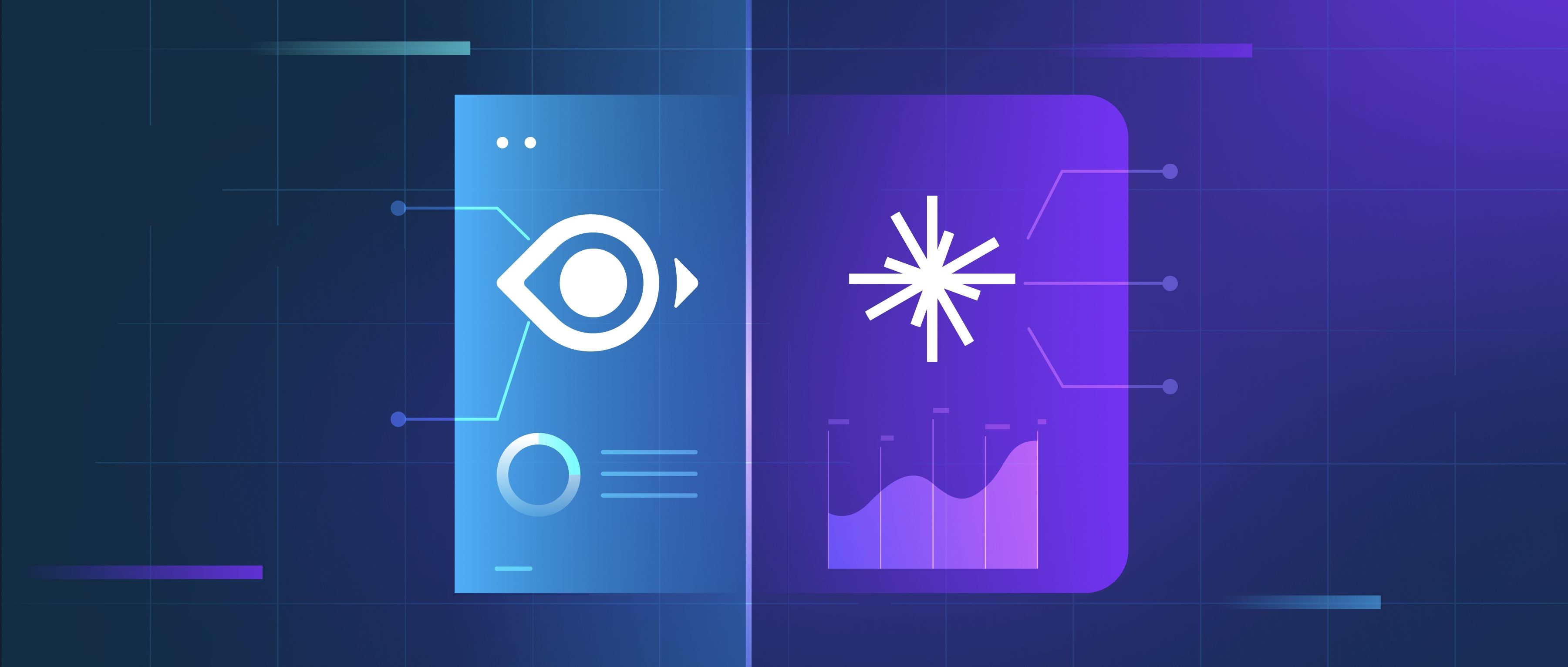To effectively monitor the performance and logs of LangChain, you can employ a combination of logging, metrics collection, and performance profiling tools. First, ensure that your LangChain setup includes comprehensive logging. This can be achieved by using Python's built-in logging module, which lets you configure different logging levels such as DEBUG, INFO, WARNING, ERROR, and CRITICAL. By setting up your logs to capture relevant information at these levels, you can monitor how LangChain operates during execution. Make sure to log key events in the processing pipeline, including input data, processing times, and any exceptions that may arise.
Once you have logging in place, consider integrating metrics collection to assess LangChain's performance quantitatively. You can use monitoring tools such as Prometheus or Grafana to collect and visualize metrics related to system performance, such as response times, throughput, and resource utilization (CPU, memory). You can track the execution time of specific LangChain components, like chain execution or token generation, by instrumenting your code to measure these metrics. By storing this data over time, you can identify trends and potential bottlenecks in your LangChain application.
Lastly, for deeper insights into performance issues, consider using profiling tools like cProfile or Py-Spy. These tools allow you to analyze where the most time is being spent in your LangChain application. Profiling can help you identify inefficient parts of your code that could slow down performance. For example, if you find that certain chains are consistently taking longer to execute, you can investigate those specific components and optimize them accordingly. By combining logging, metrics, and profiling, you develop a clear picture of LangChain's performance and can make informed decisions to enhance its efficiency.
